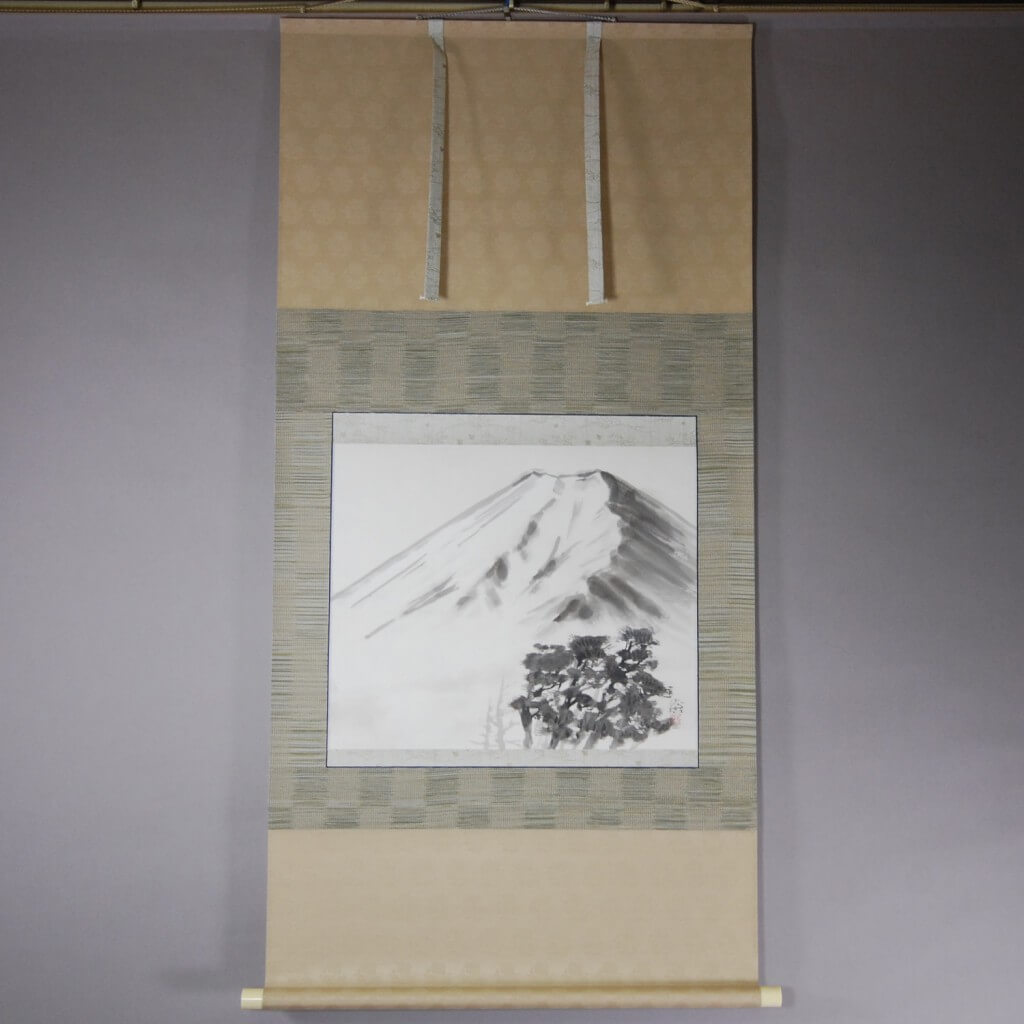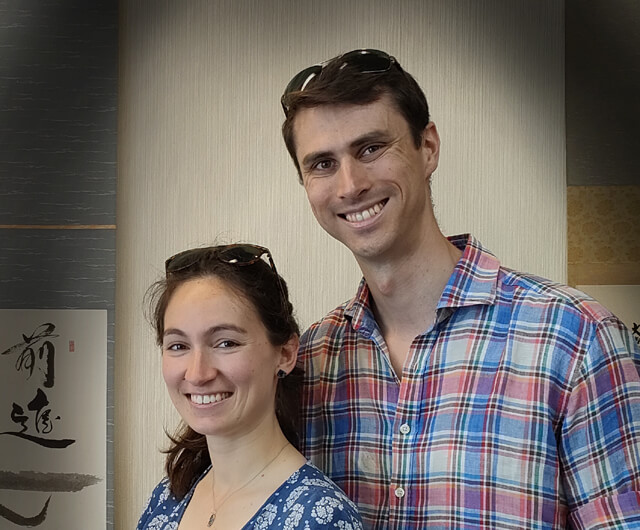Turn Your Stay in Japan into Art – Kakejiku, the Perfect Cultural Souvenir

For those who stay temporarily in Japan for work or study, the time spent here becomes a priceless memory. As their stay draws to a close, many seek a meaningful, tangible way to bring a piece of Japanese culture home with them.
One such way is through kakejiku, traditional Japanese hanging scrolls that embody not just visual beauty but also a deep sense of cultural heritage. More than just decorative items, they are living art forms deeply rooted in Japanese aesthetics and lifestyle.
Contents
Kakejiku: Not Just a Souvenir, but Living Japanese Culture

A kakejiku (Japanese hanging scroll) is more than just an art object.
It reflects not only the refined Japanese aesthetic found in the brushwork and the beauty of empty space, but also a unique cultural practice: selecting and displaying only one scroll that best suits the specific time, place, and occasion. Once the event or season has passed, the scroll is removed and replaced with another, more fitting one.
Unlike the Western approach of permanently hanging a painting in one place, Japanese tradition values impermanence and change—enjoying art that harmonizes with the moment.
To support this way of appreciation, the kakejiku is designed with functionality in mind: it is lightweight, easy to roll, compact for storage, and portable. These practical features are not incidental—they are essential to its cultural role.
Even the form of the kakejiku, which may appear simple at first glance, is deeply rooted in Japanese values of seasonality, space efficiency, and mindful living.
In addition, the mounting itself (表装 / hyōsō) is crafted with great care to highlight the artwork. This, too, reflects the Japanese mindset: beauty is found not just in the work itself, but in how it is presented.
Recently, more and more international customers—especially those preparing to return home—have visited our gallery in search of art that both reflects their time in Japan and fits beautifully into modern interiors.
One such story involves a French couple who visited our shop while living in Shioya, Kobe.
Trusted by International Clients – A Visit from a French Couple

The couple first became interested in kakejiku when they saw a scroll featuring an ink painting of a crane that belonged to one of their friends. They were captivated by the expressive beauty of sumi ink and the uniquely Japanese appreciation for space and subtle balance, and thought, “We’d love to have something like this too!” That inspiration led them to visit our shop.
They learned about our store through a Belgian customer who had purchased a kakejiku from us about two years ago. I clearly remember helping that Belgian customer at the time, and it brought me great joy to know that their positive experience with us led to this new connection.
You can read more about that Belgian customer’s story in the following article:
The husband showed a deep interest in Japanese calligraphy and had a strong personal preference when it came to brushwork style.
His wife, on the other hand, was particularly drawn to ink paintings that depicted scenes from nature.
After spending a significant amount of time carefully exploring their options, the couple ultimately chose the following two kakejiku:
- “Zenshin” (Forward) by Kubo Kikei
They were both immediately taken by the strength of the brushstrokes and the forward-looking message expressed in the calligraphy. They said, “This perfectly reflects how we feel right now,” and made their decision without hesitation. - “Santōka – Issai Kū” by Yuki Bishū
This piece features a portrait of the haiku poet and Zen monk Taneda Santōka, known for composing free-verse haiku as he wandered through nature. A haiku of his is inscribed above the image. The quiet stillness and lingering resonance of the poem struck a deep chord with the wife, leading the couple to purchase this piece as well.

A Review That Truly Touched Us
The couple also kindly shared the following review on TripAdvisor:
Magic experience
After looking for a long time for a nice shop to find Japanese artworks, we were so glad to be recommended this one. Fantastic shodo and paintings, and a warm welcome. There are every styles, you will find one that fits you!
Their heartfelt words meant a great deal to us.
Kakejiku offer more than aesthetic appeal—they serve as lasting expressions of emotional encounters and deeper understanding of Japanese culture. They transform meaningful experiences into a form you can take home.
Bring a Touch of Japan into Your Home
Even after returning to your home country, a kakejiku can quietly bring a sense of “Japan” to your living space.
It is not just a decorative piece—it is a form of art that resonates with your heart and continues to live alongside your memories.
Whether as a personal memento of your stay or a thoughtful gift for someone dear, we encourage you to consider the timeless beauty of kakejiku.
Feel free to contact or visit us—we would be honored to help you preserve your special memories of Japan in a truly meaningful form.



